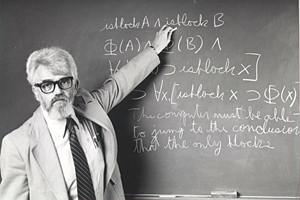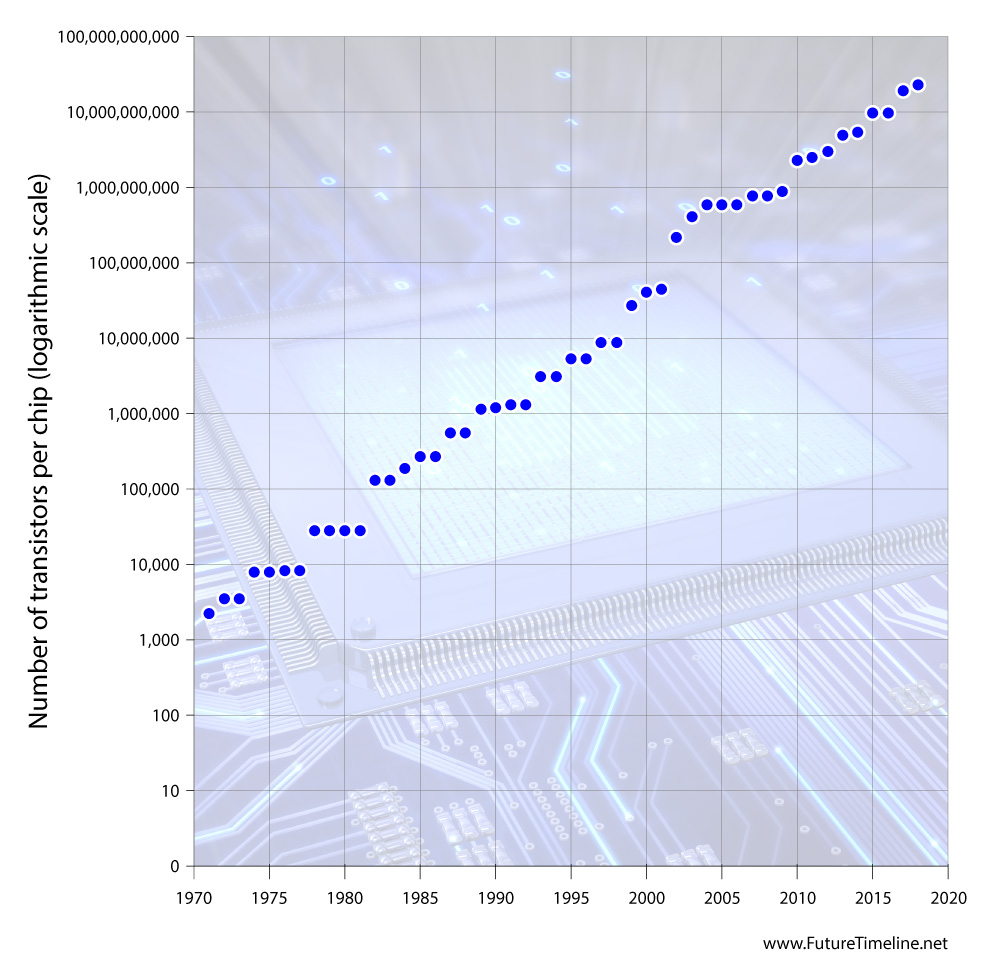
A neural network, a type or machine learning algorithm, is a type. Its nodes are also called 'artificial neurons' and they act as the brains of the system. Each node learns from the experience of others. The process is known as gradient descent, and it gradually adjusts parameters to achieve a minimum cost function. An important characteristic of a neural network is its adaptability. This ability is vital in finance because many financial transactions can be risky and unpredictable.
Nodes are 'artificial neurons'
Artificial neural networks have nodes that are analogous to biological neurons. But instead of receiving signals directly out of the environment, they get signals from other neurons, multiply them by their assigned weights, and form an output sign. The network's nodes add up the total output signal to create a meaningful representation for the outside. This process continues until all the nodes are connected to one another and a new node is created at the end.

Each node is a learning site
A neural network's learning process is gradual and iterative. The input data is given weights at each node. A single node might add bias or multiply input data according to its weight before it passes it on to the next level. The output layer is the last layer of a neural network and tunes inputs to produce the desired numbers within a given range.
A neural network should be able to adapt.
Adaptability is one of the key characteristics of a neural network, as it allows the system to respond to changing conditions and learn new things. You can achieve adaptability at many levels of analysis. This includes simple classifications to complex behaviour, which is often the case with biological systems. Many examples are found in nature. Here are some of these reasons why adaptability for neural networks is so important.
Finance applications
The financial world used statistical methods in the past to assess different business decisions. This included bankruptcy and fraud. Artificial neural networks allow these methods to be applied to finance. Artificial neural networks are used to detect fraudulent companies and forecast financial statements. This method has gained popularity in recent years. Because it allows researchers access to past data, it has become an integral part in the financial world. Even though this is still in its early stages, it has already had an enormous impact on the industry.
Costs of neural network construction
A neural network's total cost is determined by its r. A small p will result in fewer active neurons. However, a large r will increase the cost of signaling. A large cost of signaling will be higher than its fixed cost if there is a large r. Thus, the cost of energy in a neural network is large. This is why a small r can decrease the network's total cost.

Architecture of a neural system
There are two general approaches to finding the best architecture of a neural network. PNAS (preparation data and analysis) is the first. A high-quality set of data is required to build a reliable neural network. Architecture Template uses architecture templates to separate the network graph into segments, and then connect them in a nonsequential manner. Both approaches have their limitations and merits. Deep learning models, however, are becoming more accessible.
FAQ
AI is used for what?
Artificial intelligence, a field of computer science, deals with the simulation and manipulation of intelligent behavior in practical applications like robotics, natural language processing, gaming, and so on.
AI is also known as machine learning. It is the study and application of algorithms to help machines learn, even if they are not programmed.
AI is widely used for two reasons:
-
To make our lives easier.
-
To do things better than we could ever do ourselves.
Self-driving vehicles are a great example. AI can do the driving for you. We no longer need to hire someone to drive us around.
What are some examples AI apps?
AI is used in many areas, including finance, healthcare, manufacturing, transportation, energy, education, government, law enforcement, and defense. These are just a handful of examples.
-
Finance - AI can already detect fraud in banks. AI can detect suspicious activity in millions of transactions each day by scanning them.
-
Healthcare – AI is used for diagnosing diseases, spotting cancerous cells, as well as recommending treatments.
-
Manufacturing - AI can be used in factories to increase efficiency and lower costs.
-
Transportation - Self-driving vehicles have been successfully tested in California. They are currently being tested all over the world.
-
Utilities use AI to monitor patterns of power consumption.
-
Education – AI is being used to educate. Students can interact with robots by using their smartphones.
-
Government – Artificial intelligence is being used within the government to track terrorists and criminals.
-
Law Enforcement – AI is being used in police investigations. Search databases that contain thousands of hours worth of CCTV footage can be searched by detectives.
-
Defense – AI can be used both offensively as well as defensively. It is possible to hack into enemy computers using AI systems. Defensively, AI can be used to protect military bases against cyber attacks.
Who invented AI?
Alan Turing
Turing was first born in 1912. His mother was a nurse and his father was a minister. At school, he excelled at mathematics but became depressed after being rejected by Cambridge University. He discovered chess and won several tournaments. After World War II, he was employed at Bletchley Park in Britain, where he cracked German codes.
He died in 1954.
John McCarthy
McCarthy was born on January 28, 1928. He studied maths at Princeton University before joining MIT. He created the LISP programming system. He had laid the foundations to modern AI by 1957.
He passed away in 2011.
From where did AI develop?
In 1950, Alan Turing proposed a test to determine if intelligent machines could be created. He said that if a machine could fool a person into thinking they were talking to another human, it would be considered intelligent.
John McCarthy later took up the idea and wrote an essay titled "Can Machines Think?" McCarthy wrote an essay entitled "Can machines think?" in 1956. In it, he described the problems faced by AI researchers and outlined some possible solutions.
Who is the leader in AI today?
Artificial Intelligence (AI), is a field of computer science that seeks to create intelligent machines capable in performing tasks that would normally require human intelligence. These include speech recognition, translations, visual perception, reasoning and learning.
There are many kinds of artificial intelligence technology available today. These include machine learning, neural networks and expert systems, genetic algorithms and fuzzy logic. Rule-based systems, case based reasoning, knowledge representation, ontology and ontology engine technologies.
There has been much debate over whether AI can understand human thoughts. Deep learning has made it possible for programs to perform certain tasks well, thanks to recent advances.
Today, Google's DeepMind unit is one of the world's largest developers of AI software. Demis Hassabis founded it in 2010, having been previously the head for neuroscience at University College London. DeepMind, an organization that aims to match professional Go players, created AlphaGo.
What industries use AI the most?
The automotive sector is among the first to adopt AI. For example, BMW AG uses AI to diagnose car problems, Ford Motor Company uses AI to develop self-driving cars, and General Motors uses AI to power its autonomous vehicle fleet.
Other AI industries are banking, insurance and healthcare.
Which countries are leaders in the AI market today, and why?
China has the largest global Artificial Intelligence Market with more that $2 billion in revenue. China's AI industry includes Baidu and Tencent Holdings Ltd. Tencent Holdings Ltd., Baidu Group Holding Ltd., Baidu Technology Inc., Huawei Technologies Co. Ltd. & Huawei Technologies Inc.
China's government is heavily involved in the development and deployment of AI. The Chinese government has set up several research centers dedicated to improving AI capabilities. These include the National Laboratory of Pattern Recognition and State Key Lab of Virtual Reality Technology and Systems.
China is also home of some of China's largest companies, such as Baidu (Alibaba, Tencent), and Xiaomi. All of these companies are working hard to create their own AI solutions.
India is another country making progress in the field of AI and related technologies. India's government is currently focusing their efforts on creating an AI ecosystem.
Statistics
- In 2019, AI adoption among large companies increased by 47% compared to 2018, according to the latest Artificial IntelligenceIndex report. (marsner.com)
- Additionally, keeping in mind the current crisis, the AI is designed in a manner where it reduces the carbon footprint by 20-40%. (analyticsinsight.net)
- According to the company's website, more than 800 financial firms use AlphaSense, including some Fortune 500 corporations. (builtin.com)
- A 2021 Pew Research survey revealed that 37 percent of respondents who are more concerned than excited about AI had concerns including job loss, privacy, and AI's potential to “surpass human skills.” (builtin.com)
- More than 70 percent of users claim they book trips on their phones, review travel tips, and research local landmarks and restaurants. (builtin.com)
External Links
How To
How to set Cortana for daily briefing
Cortana can be used as a digital assistant in Windows 10. It helps users quickly find information, get answers and complete tasks across all their devices.
A daily briefing can be set up to help you make your life easier and provide useful information at all times. The information should include news, weather forecasts, sports scores, stock prices, traffic reports, reminders, etc. You have control over the frequency and type of information that you receive.
Win + I, then select Cortana to access Cortana. Scroll down to the bottom until you find the option to disable or enable the daily briefing feature.
If you've already enabled daily briefing, here are some ways to modify it.
1. Open Cortana.
2. Scroll down until you reach the "My Day” section.
3. Click the arrow next to "Customize My Day."
4. Choose the type information you wish to receive each morning.
5. You can adjust the frequency of the updates.
6. You can add or remove items from your list.
7. Save the changes.
8. Close the app